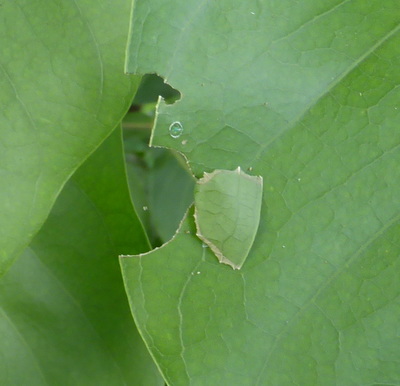|
A few days ago we approached the Paradisus hotel next door to ours to see if we could get permission to survey the butterflies in the grounds which are much richer botanically than the Luna y Mares where we normally stay. They agreed and suggested today when Carlos the local bird guide was doing his weekly guided walk around the grounds for guests. Although we were only there for about 2 1/2 hours we saw 36 species in that time including the rather rare Concolorous Skipper Burca concolor. There was quite a movement of either Great Southern White Ascia monuste or Florida White Glutophrissa drusilla this morning all traveling west, some of them over the sea but most over the gardens. Those that stopped and nectared were Florida White and maybe they were all that species but I couldn't be sure. Apart from the B. concolor there were several things that we had never seen in the gardens of our hotel including the endemic Cuban Snout Libytheana motya, Orange-barred Sulphur Phoebis philea and Fulvous Hairstreak Electrostrymon angelia. This and three Phoebis species were nectaring on the red-flowering Ixora hedges that can be found in many of the hotel grounds. As a general rule it is the males of various species that take salts and moisture from the ground and females that take nectar from flowers, but of course all rules have exceptions and sometimes males take nectar like the Cloudless Sulphur Phoebis sennae below. We also saw our only adult Mangrove Skipper Phocides pigmalion of the trip though I had found a small larva a couple of days previously. A Palm Warbler was having a bath in one of the little man-made pools and we saw a couple of Cape May Warblers too while at one point a Magnificent Frigatebird flew over rather too high for a decent picture. Otherwise the stars of our walk around the gardens were the anoles - brilliant!
0 Comments
Leave a Reply. |
Welcome to our Blog
Here we will post interesting news about what we and others have seen in Cuba. Archives
July 2024
Categories |










 RSS Feed
RSS Feed